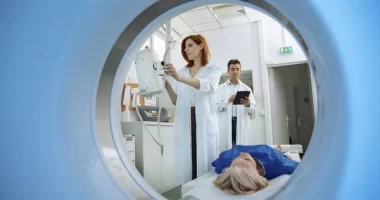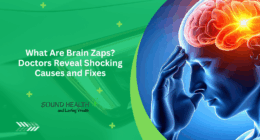Diabetes affects the eyes even in early stages and this is often undetected in clinical examinations. But newly identified biomarkers can help prevent this complication.
Diabetic retinopathy is a serious and most common complication of diabetes. This can cause irreversible vision loss if undetected. The condition is caused by changes in the blood vessels in the retina. In fact, this is the most common diabetic eye disease and a leading cause of blindness among this patient group. According to data, from 2010 to 2050, the number of Americans with diabetic retinopathy is expected to nearly double, from 7.7 million to 14.6 million. The scene in India is even worse because of lack of awareness and late treatment. But now, thanks to the efforts of researchers from Indiana University School of Optometry, it may be possible to catch the progression of this disease in its early stages and thereby reduce the possibility of blindness. The journal PLOS One published this study.
Catching the complications before symptoms manifest
Diabetes can adversely affect the eyes even before it is diagnosed and before the changes are detectable with a regular clinical examination. But new retinal research has found that these changes can be measured earlier than previously thought with specialized optical techniques and computer analysis. Indiana University researchers have identified new biomarkers that may advance the early detection of diabetic retinopathy. This may unlock the key to helping manage diabetic retinopathy, and perhaps even diabetes, say the researchers. They also add that the ability to detect biomarkers for this sight-threatening condition may lead to the early identification of people at risk for diabetes or visual impairment, as well as improve physicians’ ability to manage these patients. This early detection of retinal damage can be obtained with painless methods and might help identify undiagnosed patients early enough to diminish the consequences of uncontrolled diabetes.
Novel AI algorithms used to detect early changes
The new study is part of the current widespread emphasis on the detection of diabetic retinopathy through artificial intelligence applied to retinal images. However, some of these algorithms provide detection based on features that occur much later than the changes found in this study. The IU-led method advances earlier detection because of the retinal image processing algorithms described in the study. According to researchers, many algorithms use any image information that differs between diabetic patients and controls, which can identify which individuals might have diabetes, but these can be nonspecific. The method used by the researchers of the above-mentioned study can be combined with the other AI methods to provide early information localized to specific retinal layers or types of tissues, which allows the inclusion of information not analyzed in the other algorithms.
Also read: Why Teenagers Should Avoid Bread?
Retinal image analysis provides answers
For the purpose of the study, the research team conducted the retinal image analysis in a lab. They analyzed data collected from volunteers with diabetes, along with healthy control subjects. Additional data were also collected from a diabetic retinopathy screening of members of the underserved community at the University of California, Berkeley, and Alameda Health. The computer analysis was performed on retinal image data commonly collected in well-equipped clinics, but much of the information used in this study is often ignored for diagnosis or management of patients.
Don’t miss: Make the right food choices for your brain health
This post first appeared on The Health Site











Comments are closed.